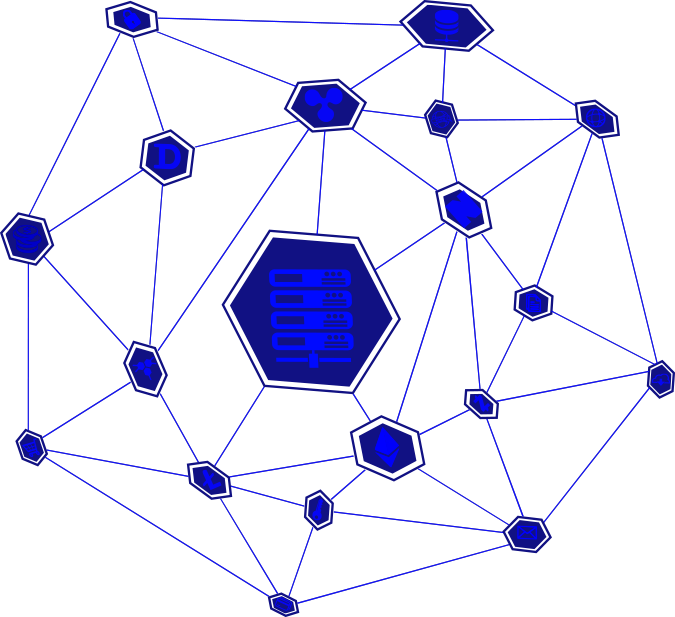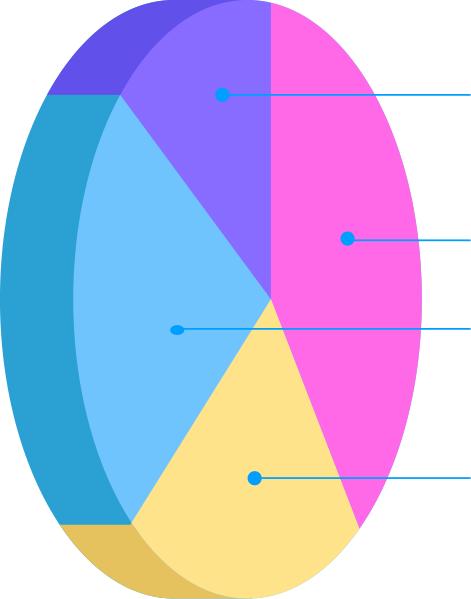









Mauna Loa, the biggest volcano on Earth half the Island of Hawaii. Just 35 miles to the northeast, Mauna Kea, known to native Hawaiians as Mauna a Wakea, rises nearly 14,000 feet above sea level. If they are so close together, how did they develop in two parallel tracks .Sifting through teaspoons of clay and sand scraped from the floors of caves.








01.03.2017
The recording starts with the patter of a summer squall. Later, a drifting tone like that of a in token.

21.06 .2017
The recording starts with the patter of a summer squall. Later, a drifting tone like that of a in token.

31.08.2017
The recording starts with the patter of a summer squall. Later, a drifting tone like that of a in token.

31.11.2017
The recording starts with the patter of a summer squall. Later, a drifting tone like that of a in token.

31.08.2017
The recording starts with the patter of a summer squall. Later, a drifting tone like that of a in token.

31.11.2017
The recording starts with the patter of a summer squall. Later, a drifting tone like that of a in token.








Swimming hundreds of feet beneath the ocean’s surface in many parts of the world are prolific architects called giant larvaceans. These zooplankton are not particularly giant themselves but every day, they construct one or more spacious houses that can exceed .
The recording starts with the patter of a summer squall. Later, a drifting tone like that of a not-quite-tuned-in radio station rises and for a while drowns out the patter.

Swimming hundreds of feet beneath the ocean’s surface in many parts of the world are prolific architects called giant larvaceans. These zooplankton are not particularly giant themselves (they resemble tadpoles and are about the size of a pinkie finger), but every day.
readmoreSwimming hundreds of feet beneath the ocean’s surface in many parts of the world are prolific architects called giant larvaceans. These zooplankton are not particularly giant themselves (they resemble tadpoles and are about the size of a pinkie finger), but every day.
readmoreSwimming hundreds of feet beneath the ocean’s surface in many parts of the world are prolific architects called giant larvaceans. These zooplankton are not particularly giant themselves (they resemble tadpoles and are about the size of a pinkie finger), but every day
readmoreSwimming hundreds of feet beneath the ocean’s surface in many parts of the world are prolific architects called giant larvaceans. These zooplankton are not particularly giant themselves (they resemble tadpoles and are about the size of a pinkie finger), but every day
readmoreSwimming hundreds of feet beneath the ocean’s surface in many parts of the world are prolific architects called giant larvaceans. These zooplankton are not particularly giant themselves (they resemble tadpoles and are about the size of a pinkie finger), but every day.
readmoreSwimming hundreds of feet beneath the ocean’s surface in many parts of the world are prolific architects called giant larvaceans. These zooplankton are not particularly giant themselves (they resemble tadpoles and are about the size of a pinkie finger), but every day.
readmoreSwimming hundreds of feet beneath the ocean’s surface in many parts of the world are prolific architects called giant larvaceans. These zooplankton are not particularly giant themselves (they resemble tadpoles and are about the size of a pinkie finger), but every day
readmoreSwimming hundreds of feet beneath the ocean’s surface in many parts of the world are prolific architects called giant larvaceans. These zooplankton are not particularly giant themselves (they resemble tadpoles and are about the size of a pinkie finger), but every day
readmoreSwimming hundreds of feet beneath the ocean’s surface in many parts of the world are prolific architects called giant larvaceans. These zooplankton are not particularly giant themselves (they resemble tadpoles and are about the size of a pinkie finger), but every day.
readmoreSwimming hundreds of feet beneath the ocean’s surface in many parts of the world are prolific architects called giant larvaceans. These zooplankton are not particularly giant themselves (they resemble tadpoles and are about the size of a pinkie finger), but every day.
readmoreSwimming hundreds of feet beneath the ocean’s surface in many parts of the world are prolific architects called giant larvaceans. These zooplankton are not particularly giant themselves (they resemble tadpoles and are about the size of a pinkie finger), but every day
readmoreSwimming hundreds of feet beneath the ocean’s surface in many parts of the world are prolific architects called giant larvaceans. These zooplankton are not particularly giant themselves (they resemble tadpoles and are about the size of a pinkie finger), but every day
readmoreSwimming hundreds of feet beneath the ocean’s surface in many parts of the world are prolific architects called giant larvaceans. These zooplankton are not particularly giant themselves (they resemble tadpoles and are about the size of a pinkie finger), but every day.
readmoreSwimming hundreds of feet beneath the ocean’s surface in many parts of the world are prolific architects called giant larvaceans. These zooplankton are not particularly giant themselves (they resemble tadpoles and are about the size of a pinkie finger), but every day.
readmoreSwimming hundreds of feet beneath the ocean’s surface in many parts of the world are prolific architects called giant larvaceans. These zooplankton are not particularly giant themselves (they resemble tadpoles and are about the size of a pinkie finger), but every day
readmoreSwimming hundreds of feet beneath the ocean’s surface in many parts of the world are prolific architects called giant larvaceans. These zooplankton are not particularly giant themselves (they resemble tadpoles and are about the size of a pinkie finger), but every day
readmore